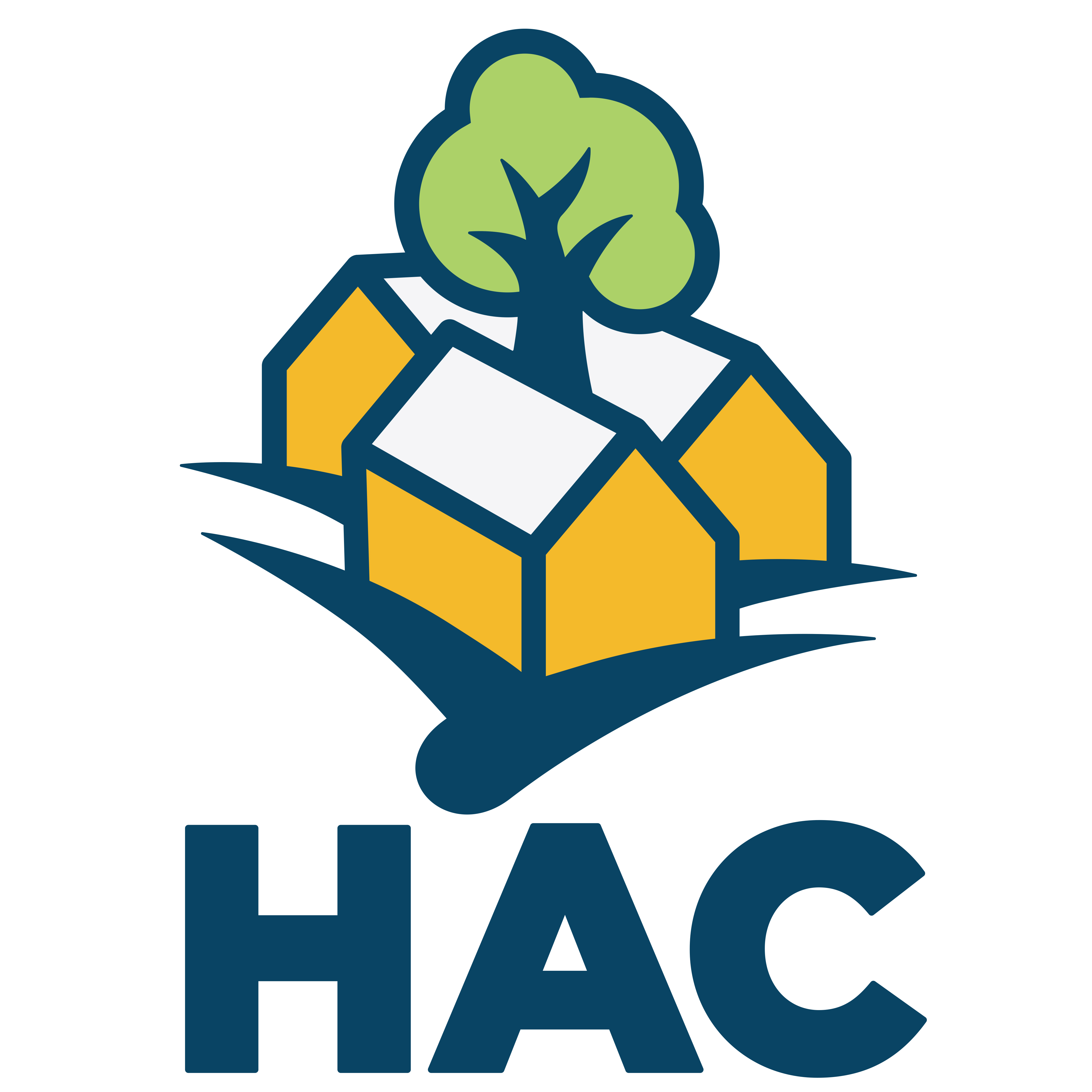HAC Report Describes Shortage of Affordable Rural Rental Housing

The Housing Assistance Council (HAC) Thursday published a report, “Rental Housing for a 21st Century Rural America: A Platform for Preservation,” discussing declining affordable rental housing options in rural areas. The report focuses on the U.S. Department of Agriculture’s (USDA) Section 515 Rural Rental Housing program (Section 515) and draws its conclusions from a “multi-faceted review” of USDA’s multifamily housing portfolio.
According to the report, there are 13,829 Section 515 properties, containing 416,396 units, across the country, with at least one property located in 87 percent of counties in America. However, the program is in clear decline. Since its inception in 1963, the program has financed more than 533,000 affordable units in nearly 28,000 properties. With no new directly-financed USDA rental housing properties developed in years, the program has already lost roughly half of the properties created since its creation 65 years ago. The report states that nearly 90 percent of the 13,829 properties in USDA’s portfolio are 20 years old and more than half of those properties are over 30 years old, suggesting the decline of the portfolio will only get worse.
At the unveiling event for the report, a group of panelists stressed that senior citizens and people with disabilities represent the largest cohorts of renters occupying Section 515 units and are the tenants most adversely impacted as existing properties lose their affordability provisions.
According to the report, roughly two-thirds of all Section 515 tenants live in units subsidized through USDA’s Section 521 Rental Assistance program (Section 521). When a property exits the Section 515 program for any reason, the units in the property are no longer eligible to receive Section 521 subsidies. The report suggests that, as more properties leave the Section 515 program, some of the most vulnerable populations will be hardest hit.
The report identifies four key entities and stakeholders who can take corrective actions to reverse the decline facing the Section 515 program: USDA, owners of Section 515 properties, tenants residing within Section 515 properties, and other beneficiaries of Section 515 investments and related outlays.

